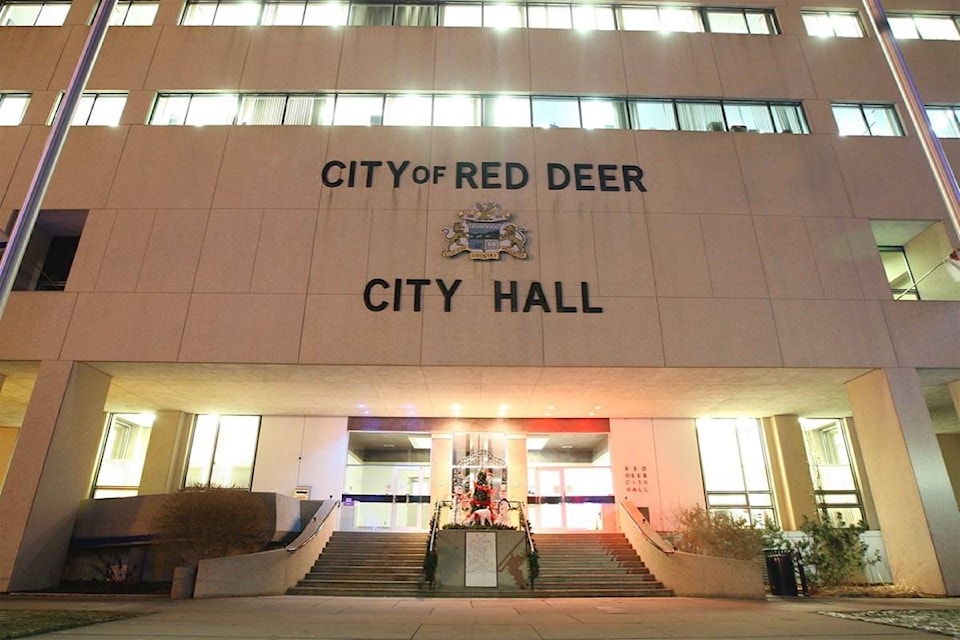A Red Deer city councillor has asked if drinking establishments that cause more disturbances can be charged more for a business licence.
City council was shown a graph Monday that indicated that while most bar disturbances that required police presence have declined since 2015, several city drinking establishments lead the pack and don’t seem to be following the downward trend.
Bellinis, Billy Bobs and the Convention Centre facilities at the Sheraton Hotel jointly had 314 disturbances in 2017, which is an increase from 215 incidents in 2016 and 162 in 2015.
By comparison, the next highest disturbances occured at Bo’s Bar and Grill, which respectively had a declining 39, 28 and 26 incidents over the same 2017-2015 period, and Lotus (37, 34, 32) and Chillabongs (20, 13 and 11). Council heard police calls to these bars and most others are decreasing.
Coun. Vesna Higham asked whether the city can set higher licensing fees for bars that require more of a police presence to keep the peace. Last fall, city council approved changes that lower licensing fees for drinking establishments across the board to $108 a year — a huge savings from previous years, when many bars were paying $3,000 to $5,000.
Erin Stuart, inspections and licensing manager, suggested there are other ways of dealing with establishments that are consuming police resources — conditions can be added to their licences and penalties can be issued.
Higham later said there could be many reasons why the Sheraton bars could be causing more disturbances, including their size, proximity to each other and the prominence of that busy location. But she said it’s worth keeping an eye on such activities around the city.
Stuart reported to council that there are fewer bars in the city than a decade or two ago and there is less clustering of bars in certain locations. This has contributed to the overall decline in disturbances.
